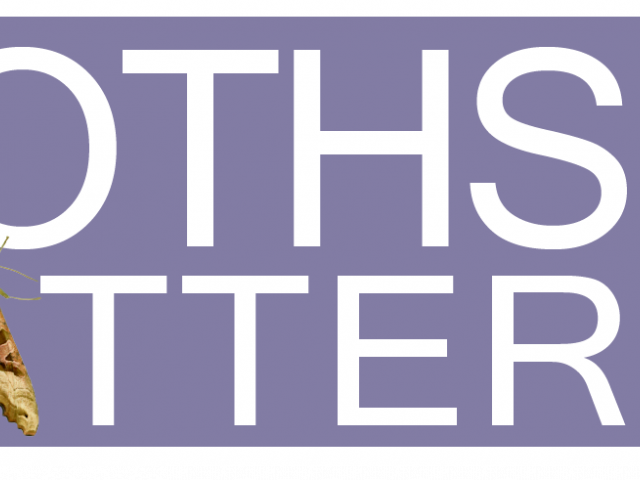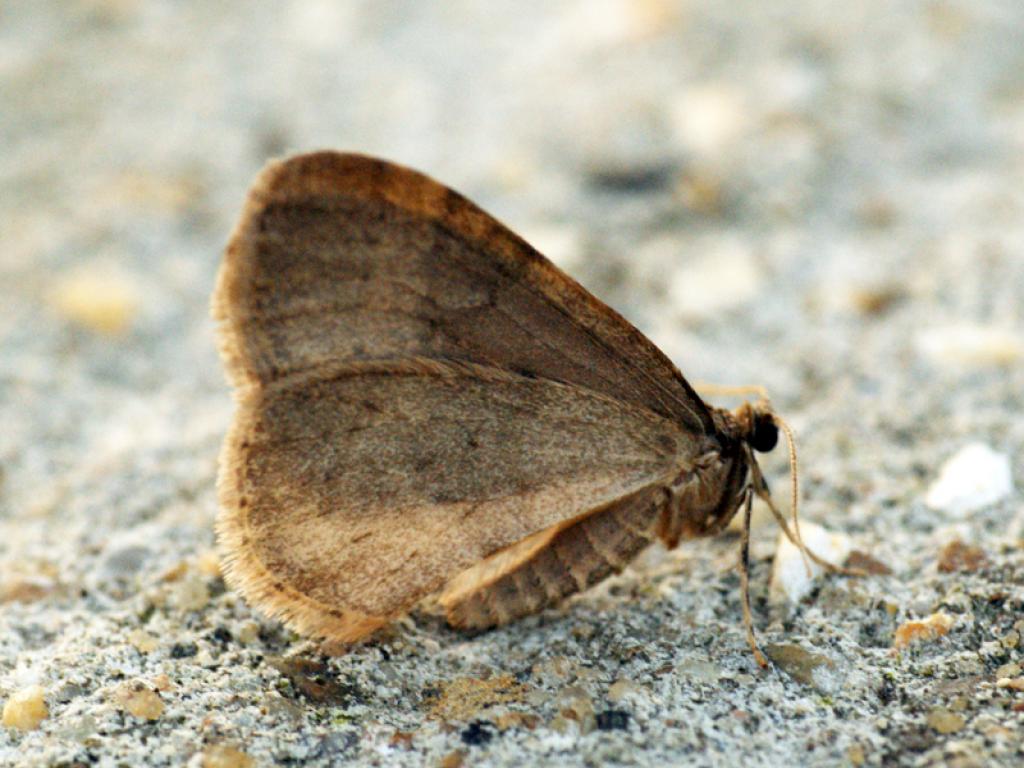For MothsMatter 2022 we interviewed George Tordoff, one of our resident moth experts on his role at Butterfly Conservation and explore what he loves about moths.
Please tell us about your role at Butterfly Conservation.
My job is Senior Ecologist so I’m doing quite a wide range of things from trying to establish moth monitoring for a lot of species, like we have for butterflies. We actually haven’t got that for many of the moths and particularly the rare moths - we need to get better data on their numbers so we can look at their population trends. I carry out quite a lot of surveys in England and Wales for various species in the summer which I really enjoy. I am also kept very busy with all kinds of work we are doing to enable our new strategy like coming up with a new threatened species list.
More generally, I advise regional staff around the country on moths. I don’t have all the expertise because there are so many species, but I help out where I can to give people the information they need. So, it’s pretty varied, no two days are the same.
What is so special about moths?
There’re loads of things but just the fact there’s so many of them – 2500 species in Britain, whenever you say that to people, they are always amazed there are so many. A lot of people have an idea of how many butterflies there are, they know there are only about 50 or 60 species in the UK, but if you ask them about moths people are staggered that it’s in the thousands because that’s just so many species. There’s only beetles, wasps, or flies that have more species than that so it’s one of the most diverse insect groups. Only 2% of British Lepidoptera are butterflies.
Because they’re mostly flying at night people aren’t seeing them much, just occasionally a few of the day flying ones so it’s just a wonderful, hidden part of our biodiversity. If people get a moth trap, they’re always surprised at how many different species they see as well as the range of colours they have. Many people quickly realise that not all moths are brown and plain looking things but they’re actually very colourful and come in different shapes and sizes as well. That sheer variety, and the variety in what they do in terms of their life history and that they’re not just feeding on plants but other stuff like fungi and dead wood and living inside tree trunks, there’s lots of strange quirks with them which is quite interesting.
What would the world look like without moths?
Just having no moths at all, from my point of view being a person who is really keen on moths, I think it would be terrible. For other people it might not hit home given that they mostly fly at night but if they did disappear then people would soon realise the input they have in the ecosystem and food chains because they’re so critical. Just think of all the birds who feed their chicks on moths and caterpillars in the spring, for example.
There are so many more moth than butterflies so there are more of their caterpillars about, so they are really critical for birds like Blue Tits. Just the Winter moth, that one species is so abundant that their caterpillars are the main source of food for Blue Tit chicks in most cases. So without that one species millions of birds would really struggle, and that would impact a lot of the others too. Species like the Warblers, Tits, and other birds wouldn’t have enough food to eat if there weren’t any moth caterpillars around. And bats eat the adult moths, so they would really struggle without the moths to feed on too.
Then at the bottom of the food chain there’s the fact that moths pollinate flowers and that’s a really important thing which hasn’t been appreciated enough in the past.
So what is the role of moths as pollinators?
This is still an ongoing area of research, there’s not been that much known about it apart from examples like Darwin’s Hawk-moth, a moth with a very long proboscis which pollinates a flower that has a long nectar tube that other insects can’t reach. The Greater Butterfly Orchid gives off scent at night and it’s got white flowers to look bright in the darkness. Pollen of that orchid is found attached to the eyes of moths so they’re pretty much the only pollinators for that species.
Lots of plants that are pollinated in the daytime also stay open at night, and moths are busy pollinating those at night as well as other insects like hoverflies and bees in the daytime. We’re only just starting to understand that but it seems like moths are really quite critical for a lot of plant species for pollination.
Is there was one thing about moths you’d like the public to know, what would that be?
That are so many of them! I don’t think most people realise just how many moths there are out there, flying about under the cover of darkness. In southern Britain it is easily possible to catch over a hundred species in a single moth trap on a warm night in summer.
However, they have declined, which is an important point to make. In the last 40 years they have declined in abundance by one third, so they are struggling. At the same time, they are still relatively abundant compared to many other insects like butterflies. But the sheer variety of them is one of the most impressive things.
Take action

Worryingly, moths have declined in abundance for the last 40 years, with three species becoming extinct as recent as 2000. If you’re moth-mad like George or want to contribute to our work in saving moths, please download the guide available to celebrate #MothsMatters 2022.


